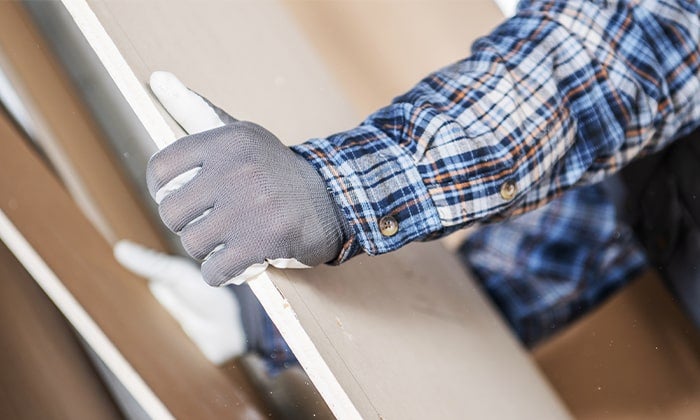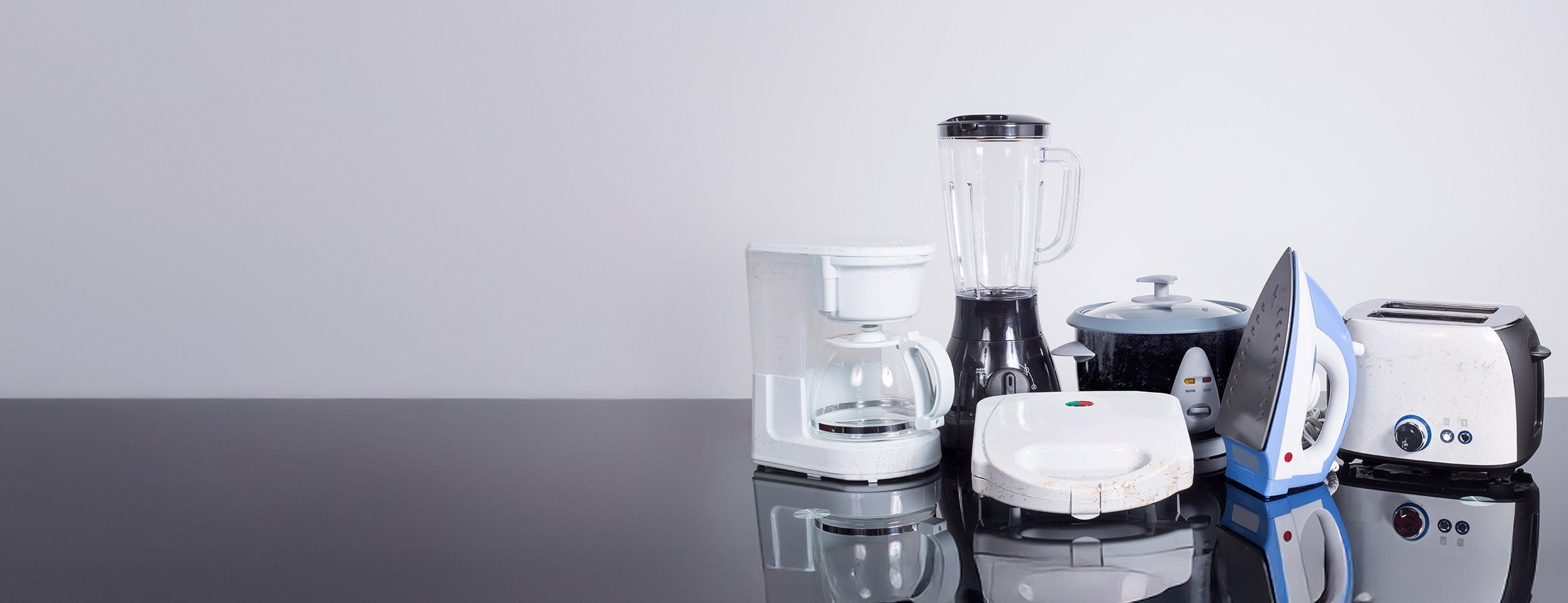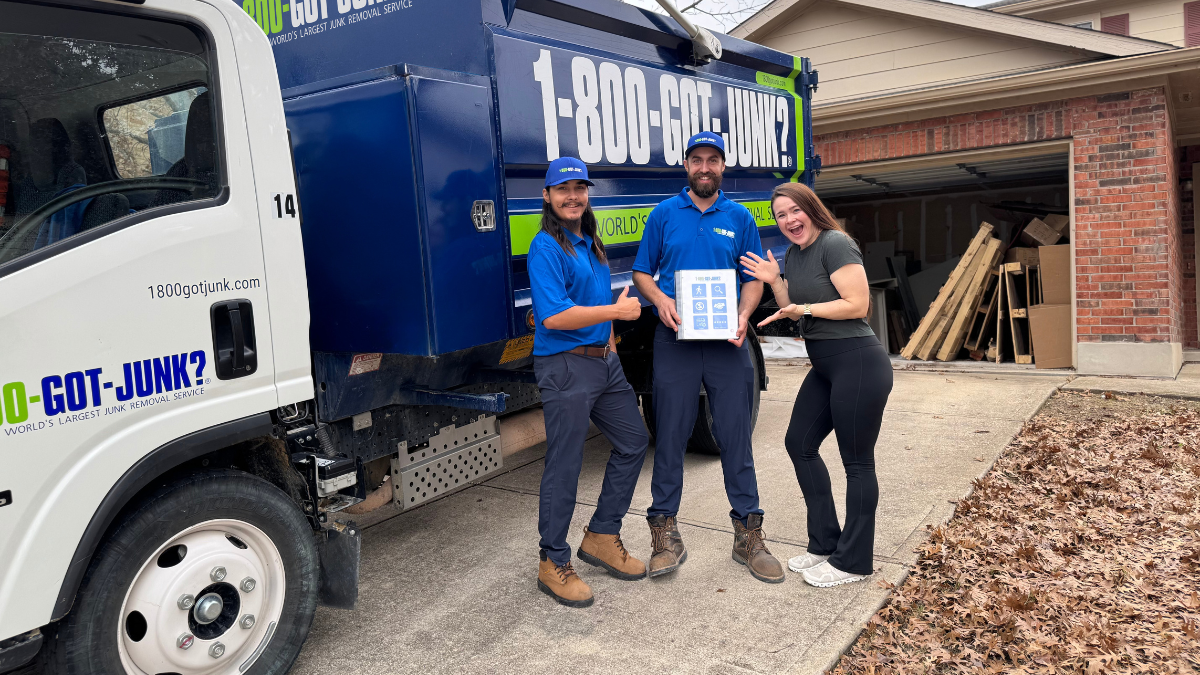Removing drywall may seem like a daunting task, but with the right tools and steps, it can be a straightforward DIY project. Whether you're renovating a space or need to replace damaged drywall, knowing the correct drywall removal process is crucial. This guide will walk you through how to remove drywall safely and efficiently.
What You’ll Need
Before starting, gather the following tools and materials:
|
|
|
|
|
|
|
|
|
|
|
1. Turn Off Utilities
Before any drywall demolition, turn off power, water, and gas in the area. This prevents electrical shocks, plumbing leaks, or gas hazards. Use a voltage tester to ensure no live wires are present.
2. Prep the Area
Clear out furniture, cover the floor with drop cloths, and use plastic sheeting to seal off the area to contain dust. Removing drywall can get messy, so preparation is key.
3. Remove Moulding and Trim
Using a pry bar, carefully remove any molding or trim from around the drywall. This includes baseboards, crown molding, and any trim around electrical outlets or switches.
4. Locate Drywall Screws
A stud finder can help locate screws or nails securing the drywall to the studs. Removing these first can make the process easier and minimize damage to underlying structures.
5. Start at the Bottom
Begin by cutting or prying at the bottom of the drywall panel. This approach makes it easier to control the removal and reduces strain on your arms and back.
6. Cut in Sections
Use a utility knife or drywall saw to cut the drywall into manageable sections. Smaller pieces are easier to remove and dispose of safely.
7. Remove Sections
Once cut, carefully pry off each section using a pry bar or hammer. Be cautious around wires and pipes behind the walls.
8. Inspect the Area
Check for any mold, water damage, or structural issues behind the drywall. If you find signs of mold, you may need professional remediation.
9. Clean Out the Debris
Dispose of drywall debris properly. A shop vacuum can help remove fine dust, and larger pieces should be bagged and taken to an appropriate disposal facility. Need help with cleanup? 1-800-GOT-JUNK? offers junk removal services to make the process easier.

Tips for Drywall Removal
- Wear Protective Gear – Safety glasses, gloves, and a dust mask protect you from debris.
- Turn Off Utilities – Always shut off power and check for hidden wires or plumbing.
- Use a Stud Finder – Identify studs, wiring, and pipes before cutting.
- Score Before Cutting – Use a utility knife for clean cut lines and less dust.
- Work in Manageable Sections – Cutting drywall into smaller pieces makes removal easier.
- Pry Carefully – Avoid damaging the framing underneath.
- Watch for Hidden Hazards – Nails, screws, mold, or asbestos can be hidden behind walls.
- Use a Vacuum for Dust Control – A shop vac minimizes airborne dust.
- Dispose Properly – Call a junk removal company like 1-800-GOT-JUNK? to handle debris.






